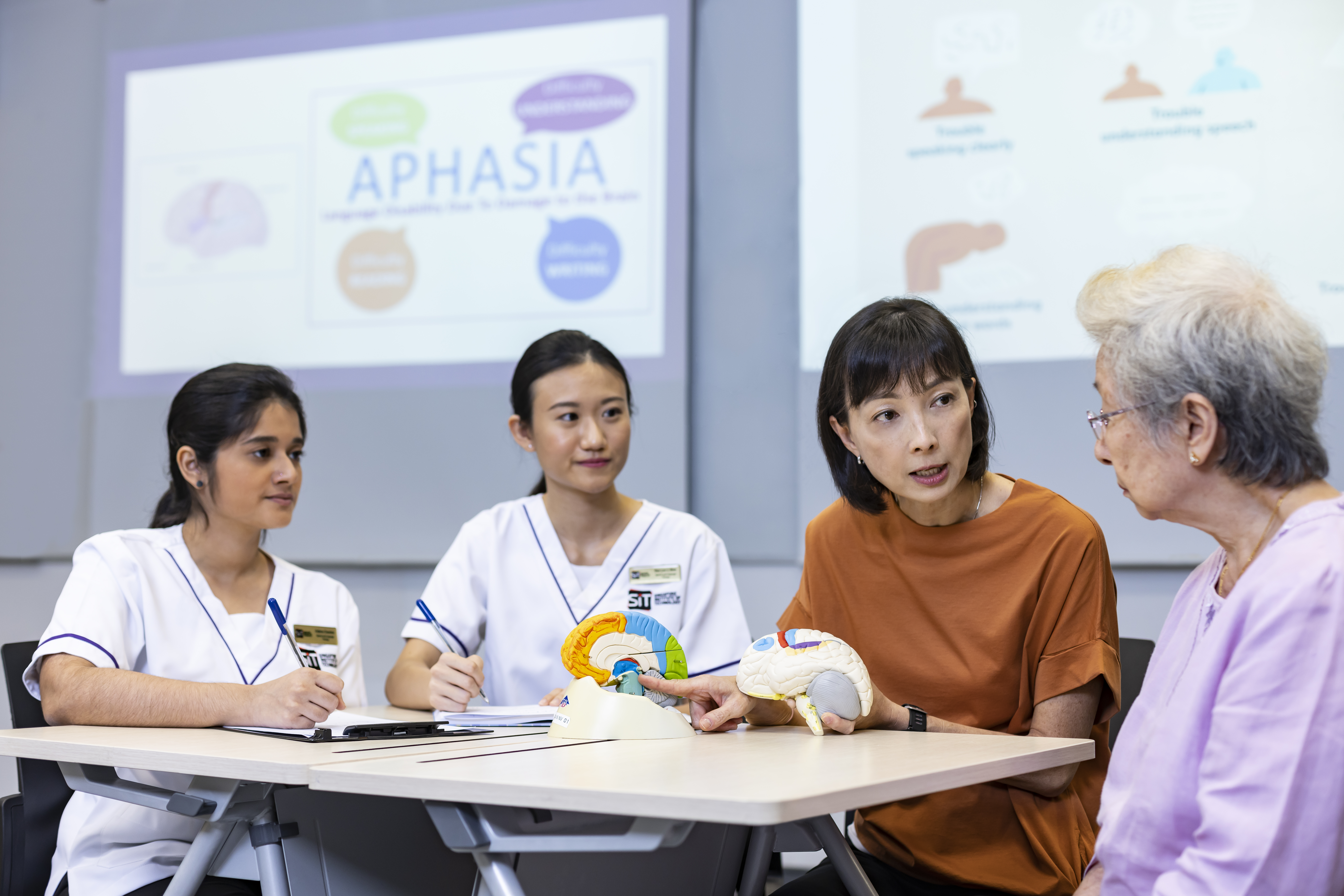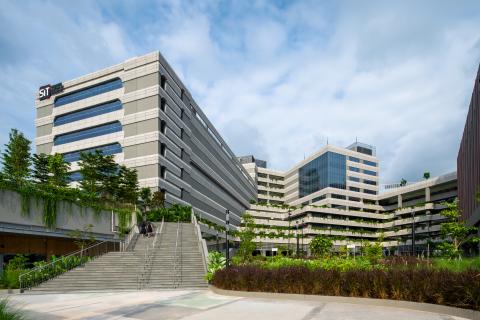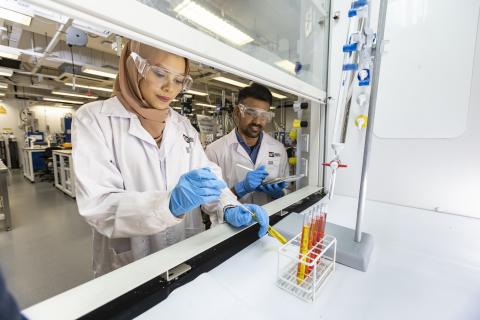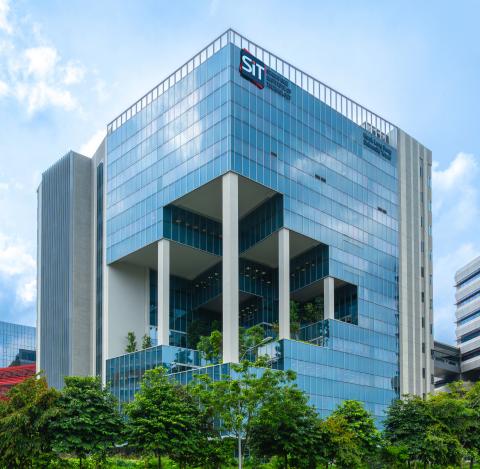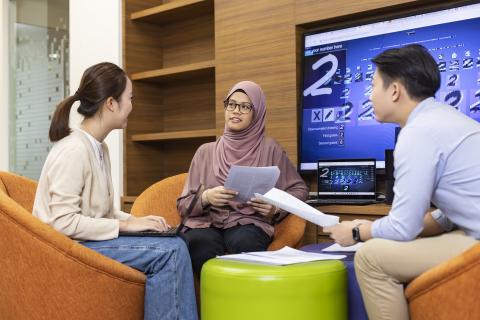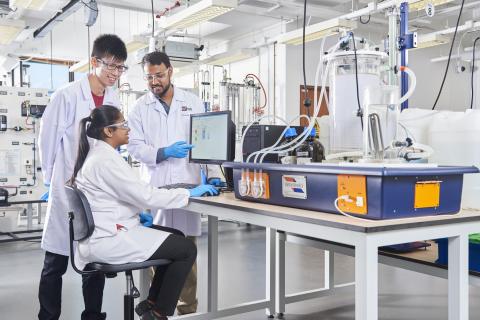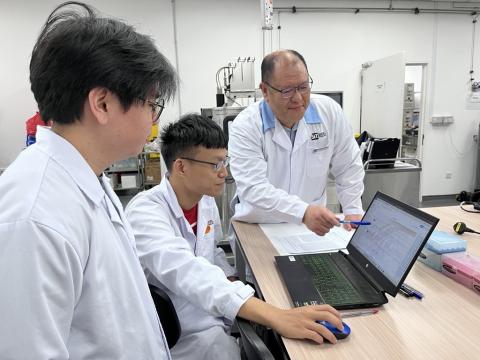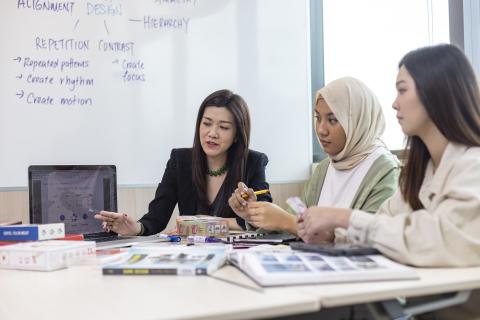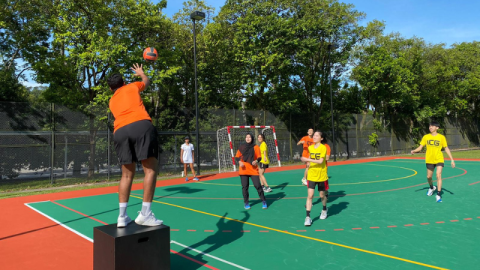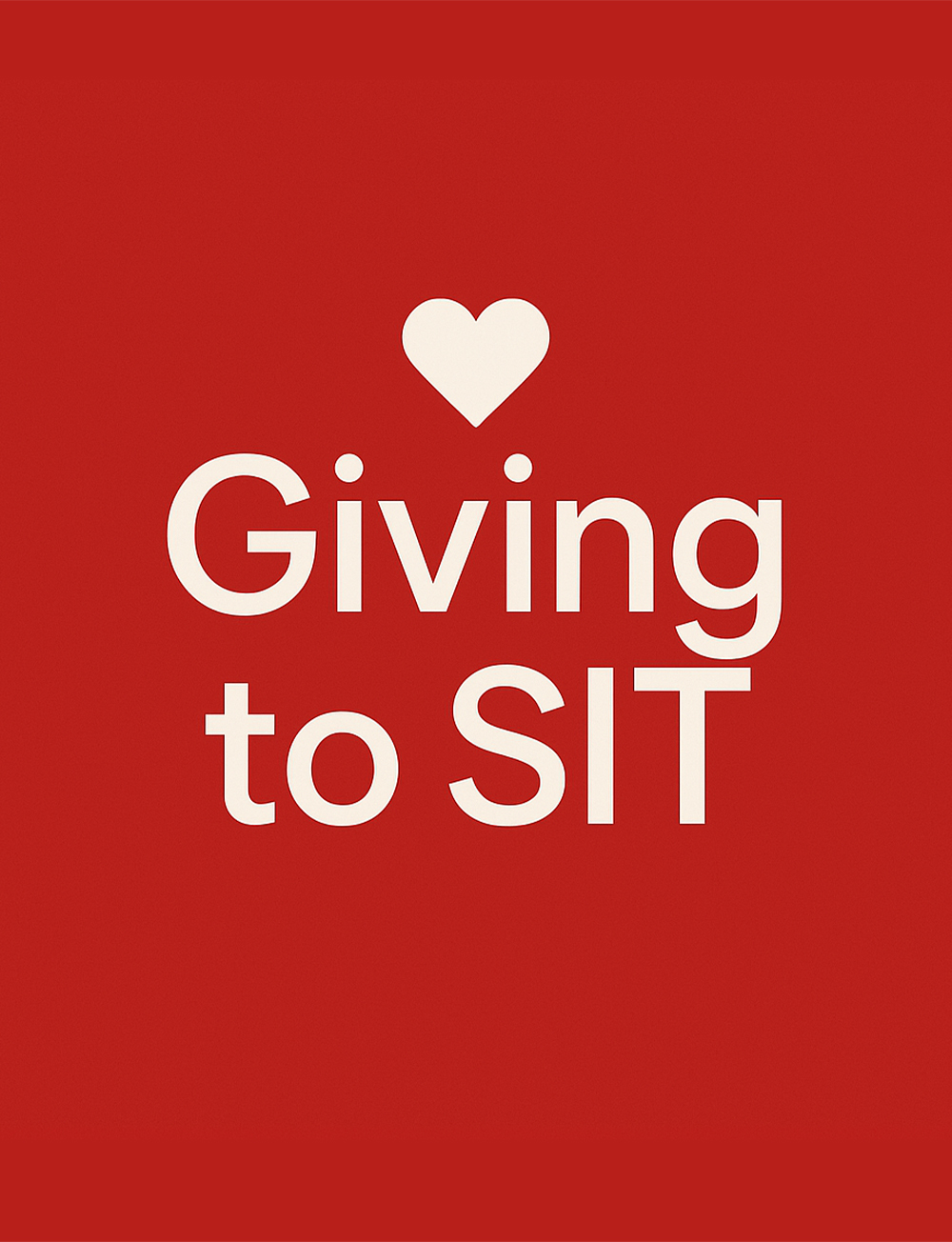![[FA] SIT One SITizen Alumni Initiative_Web banner_1244px x 688px.jpg](/sites/default/files/2024-12/%5BFA%5D%20%20SIT%20One%20SITizen%20Alumni%20Initiative_Web%20banner_1244px%20x%20688px.jpg)
Prof Tan Bhing Leet: Shaping the Future of Singapore’s Allied Health and Nursing Professions
Amid Singapore’s ageing population and growing need for allied health and nursing professionals, HSS Cluster Director Professor Tan Bhing Leet unveils a S$30 million initiative to expand research, education, and services that will shape the future of care
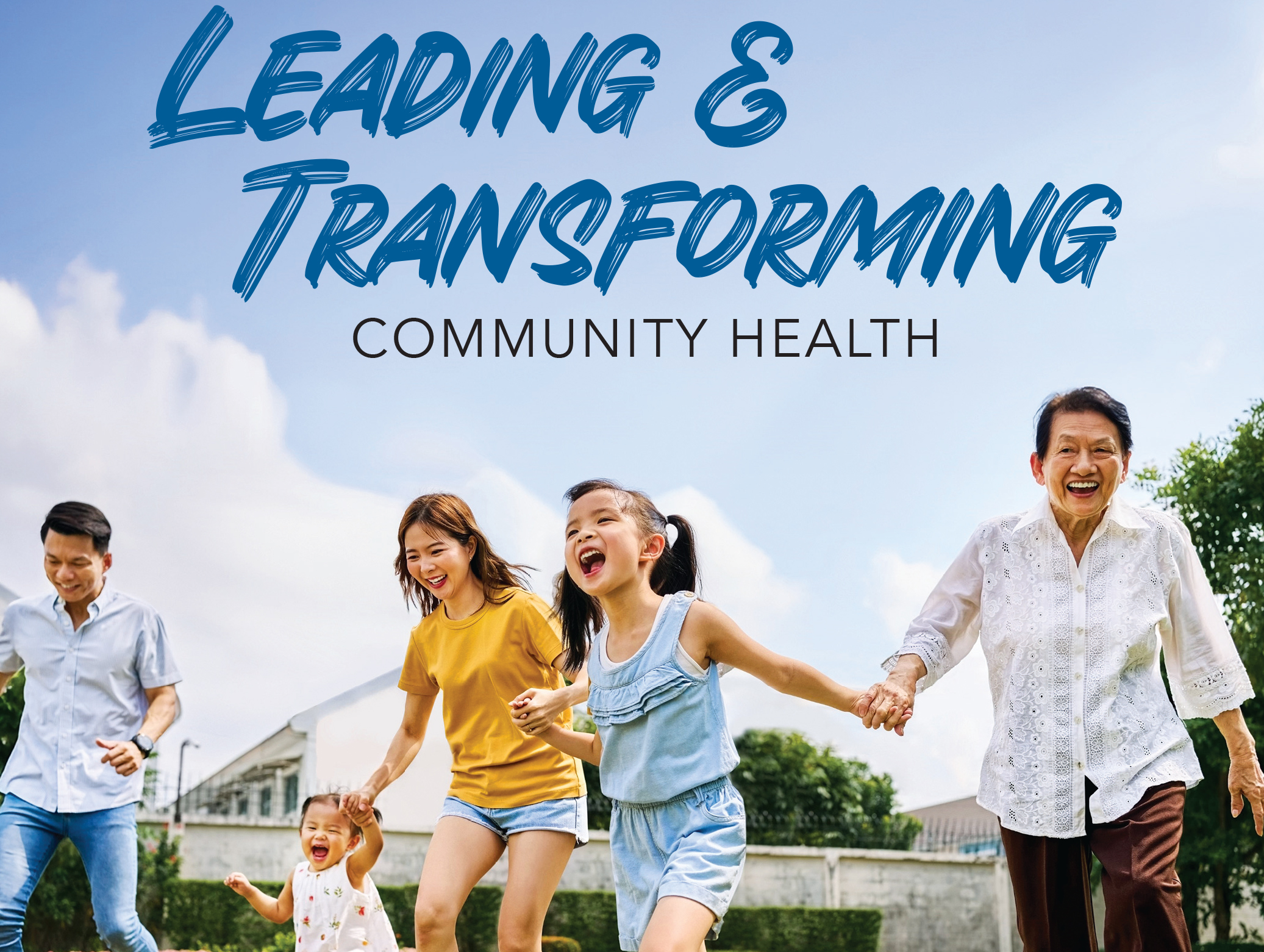
Vital Need for More Allied Health Professionals and Nurses
“The need for allied health professionals and nurses will be critical in the coming years,” says Professor Tan Bhing Leet, Cluster Director of Health and Social Sciences (HSS) at SIT. “That’s why we’re launching a bold initiative to raise S$30 million — to expand research, education, and services that will shape the future of care.”
Demand for allied health and nursing services is expected to rise significantly, she notes, especially as 1 in 4 Singaporeans will be aged 65 and above by 2030. This growing need is further driven by the national shift toward preventive care and community-based health services.
In 2022, the Ministry of Health projected that Singapore would need 82,000 nurses, allied health professionals (AHPs) and support care staff by 2030. Reinforcing this, Minister for Social and Family Development Masagos Zulkifli, who was then also Second Minister for Health, announced in November 2024 that a national strategy would be launched in 2025 to strengthen the role of AHPs in delivering patient care across diverse settings.
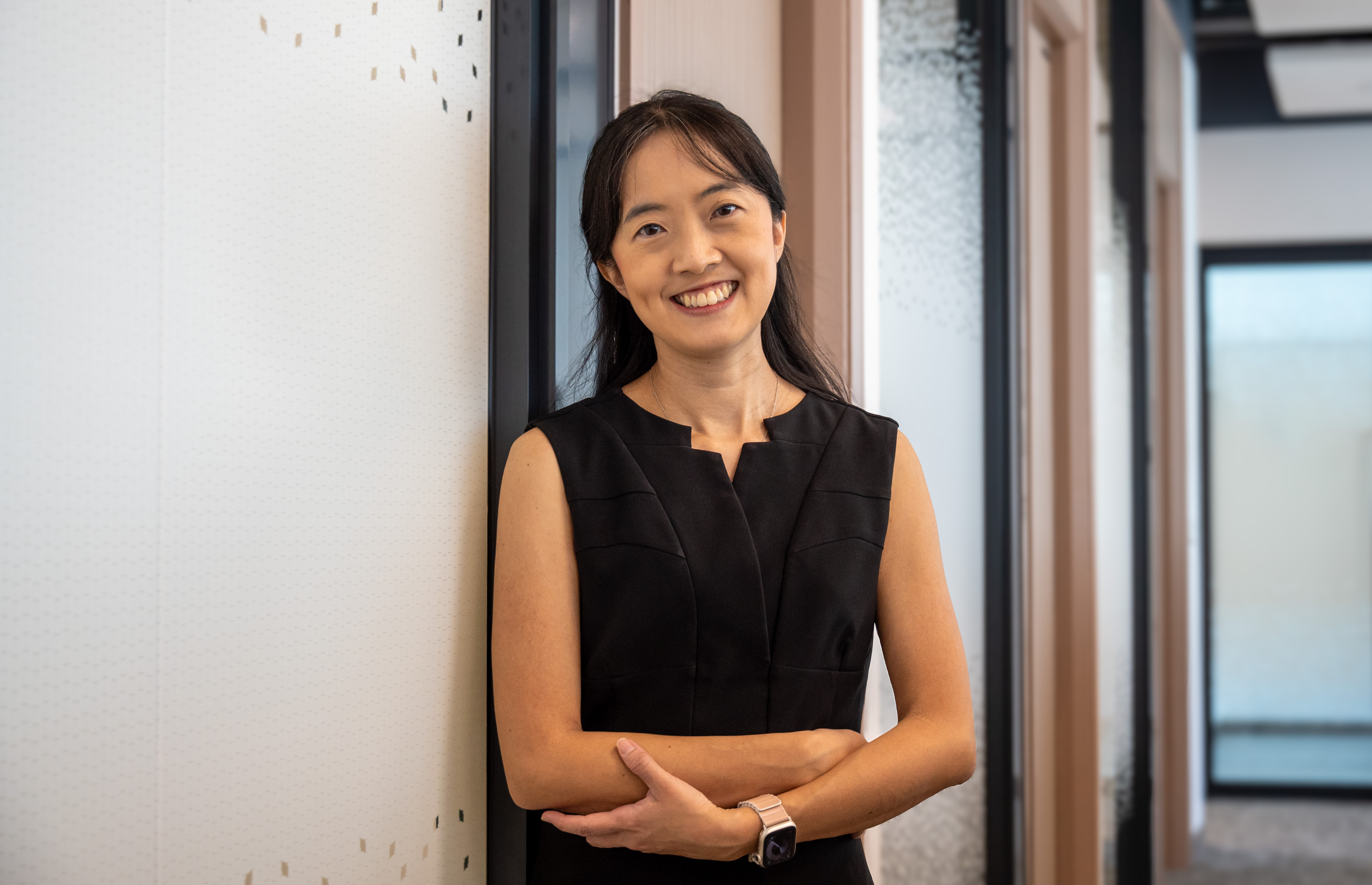
Prof Tan, a registered occupational therapist since the late 1990s, illustrates the vital role of AHPs through a post-stroke recovery example: a patient may require physiotherapists to restore mobility, occupational therapists for daily living tasks, and speech therapists to manage communication or swallowing difficulties.
“Patient care isn’t limited to hospitals,” she explains. “It extends across step-down care, rehabilitation centres and even home-based services. AHPs and nurses contribute significantly to restoring health outcomes, especially where medicine alone isn’t enough.”
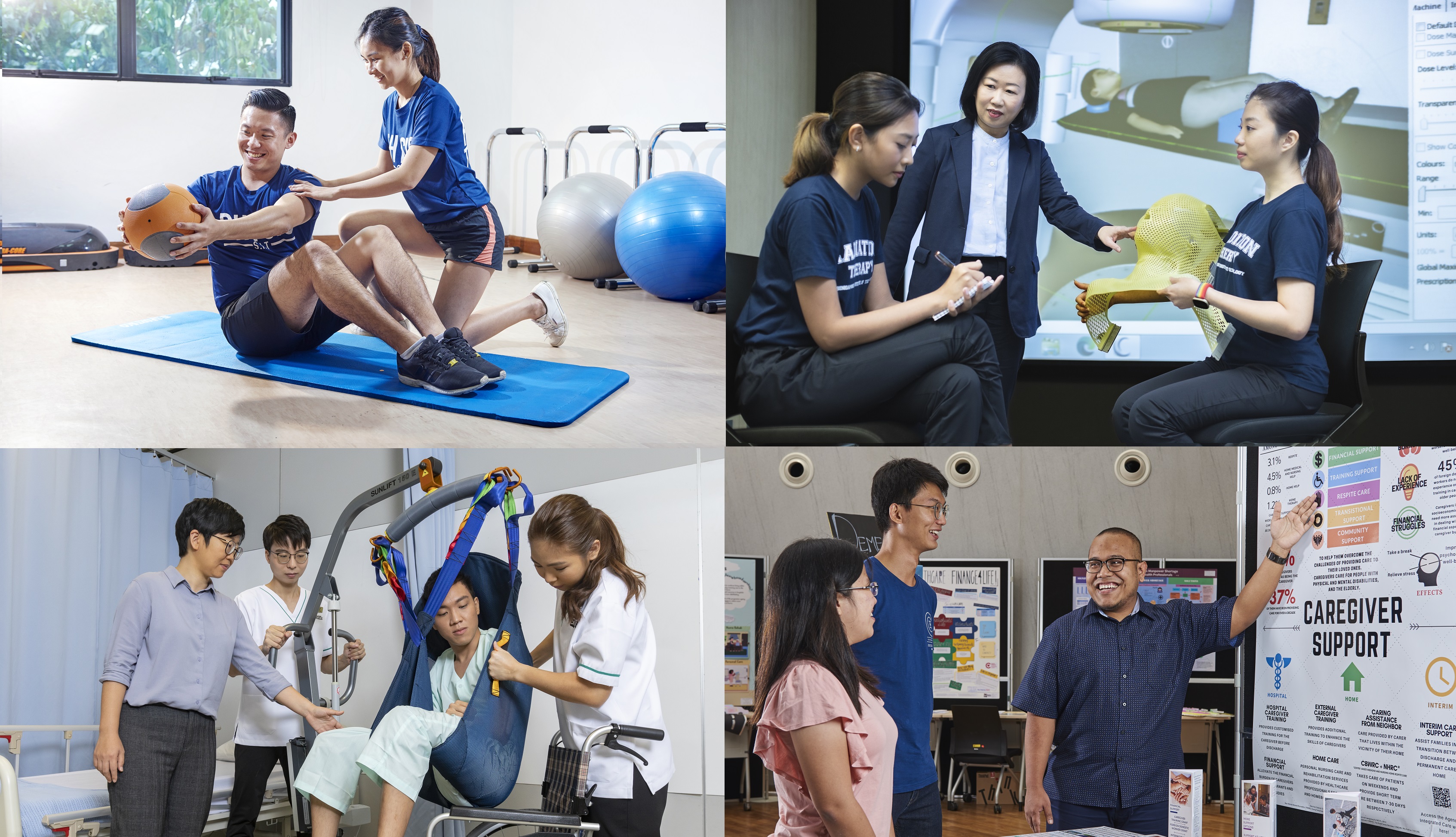
Leading and Transforming Community Health
Prof Tan outlines HSS’s S$30 million Leading and Transforming Community Health initiative.
Community Health Research Centre
At the heart of this plan is the establishment of a Community Health Research Centre, envisioned as a Centre of Excellence for research in community rehabilitation, healthy ageing and participation of persons with disabilities. The Centre will scale up current efforts and serve as a testbed for new initiatives that support Singapore’s healthcare landscape.
To accelerate this work, HSS plans to forge close research collaborations with regional health systems and community providers, to build applied research capabilities in stroke rehabilitation, geriatrics rehabilitation, musculoskeletal rehabilitation, mental health and paediatrics rehabilitation. It also intends to establish new Professorships in these domains to attract top talent and strengthen local research capability. Additionally, SIT faculty will be supported in learning from international best practices and adapting them to Singapore’s context.
“Much of the existing research is based on overseas contexts and may not fully apply here. This is where SIT can play a significant role — by partnering with healthcare institutions, the government, community agencies, and grassroots organisations to localise, enhance and scale impactful healthcare and community programmes,” highlights Prof Tan.
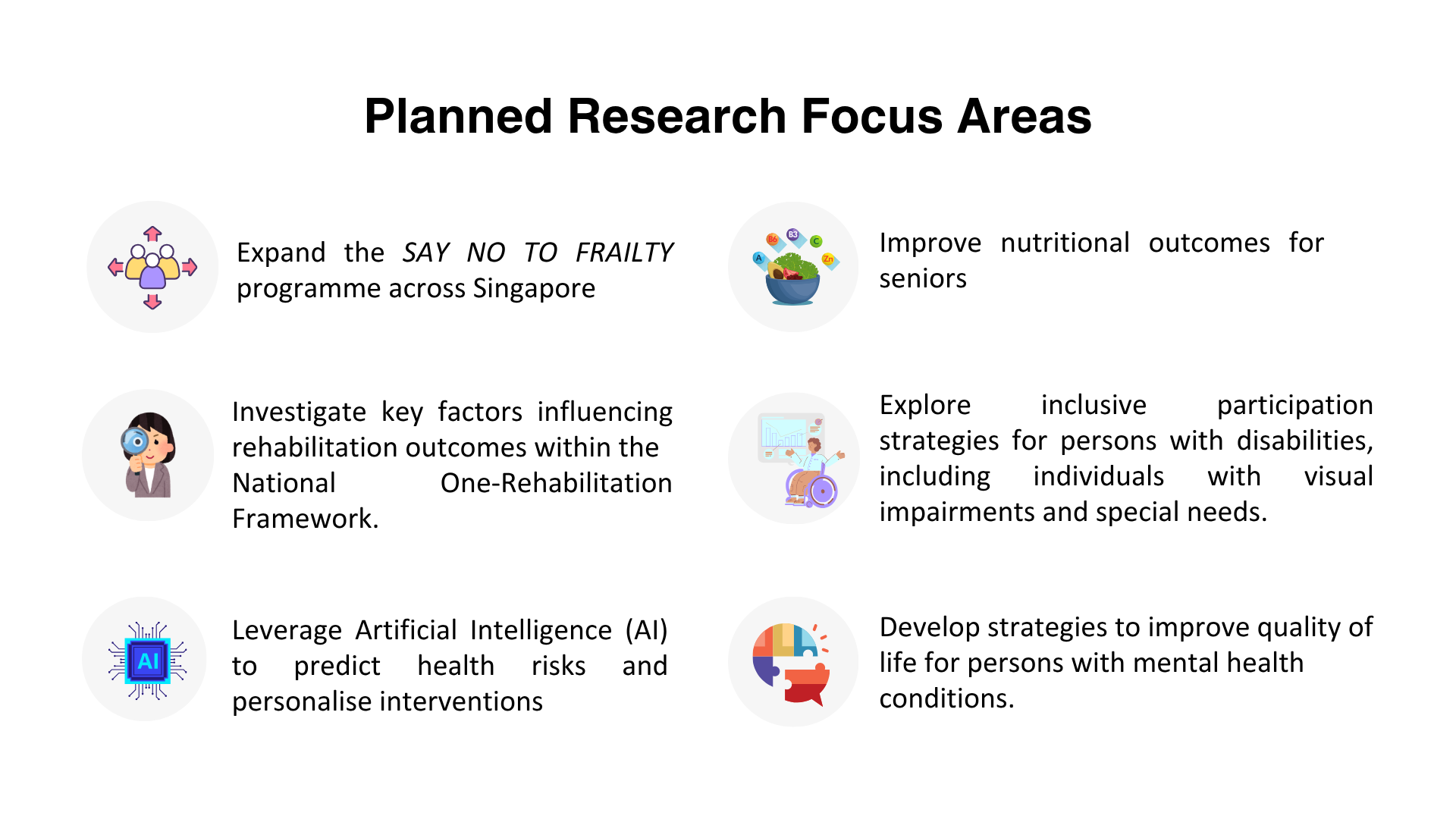
Future-Ready Facilities
Another key area of development is the building of future-ready facilities, including a Community Health and Therapy Centre, an Anatomy Lab and Museum, a Sensory Lab and a Creative Therapy Lab. Prof Tan shares that these “living labs” will enhance SIT’s applied learning model by providing students with immersive, hands-on experiences.
Under the guidance of experienced faculty — many of whom are senior clinicians — students will support services such as musculoskeletal physiotherapy, occupational therapy, medical nutrition therapy, diagnostic imaging and paediatrics therapy at the Community Health and Therapy Centre. Functioning as a teaching clinic, the Centre will also provide allied health and nursing services.
“We hope these efforts will help close the manpower gap and better prepare our students to be industry-ready upon graduation,” shares Prof Tan.
These initiatives will also help alleviate service bottlenecks, particularly in paediatrics therapy.
“Demand is high in Punggol, where many young families live. We’ve heard from partners that new referrals often face a waiting time of several months,” she notes. “For instance, speech therapy relies heavily on timely, consistent intervention — any delay can impact outcomes.”
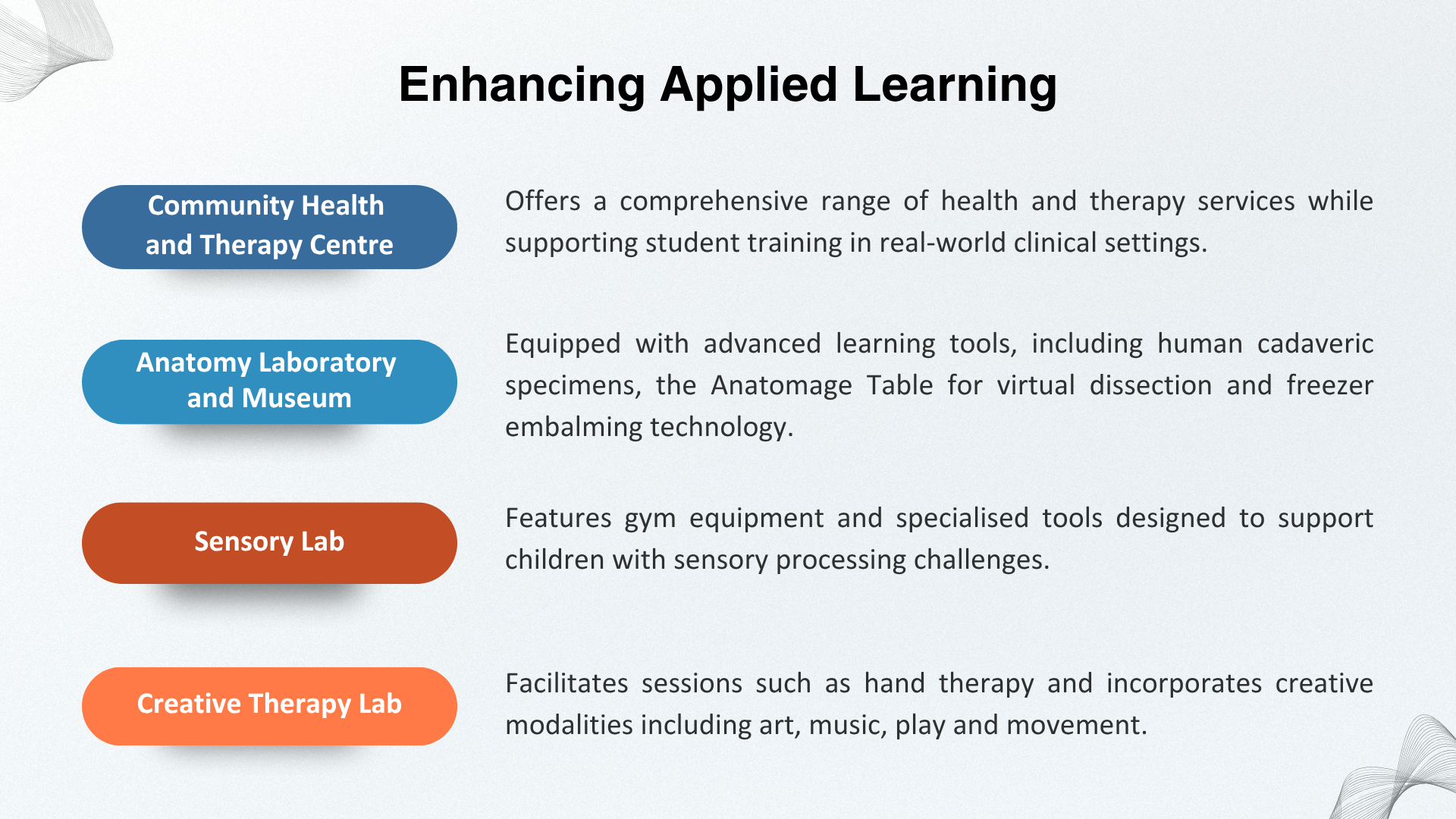
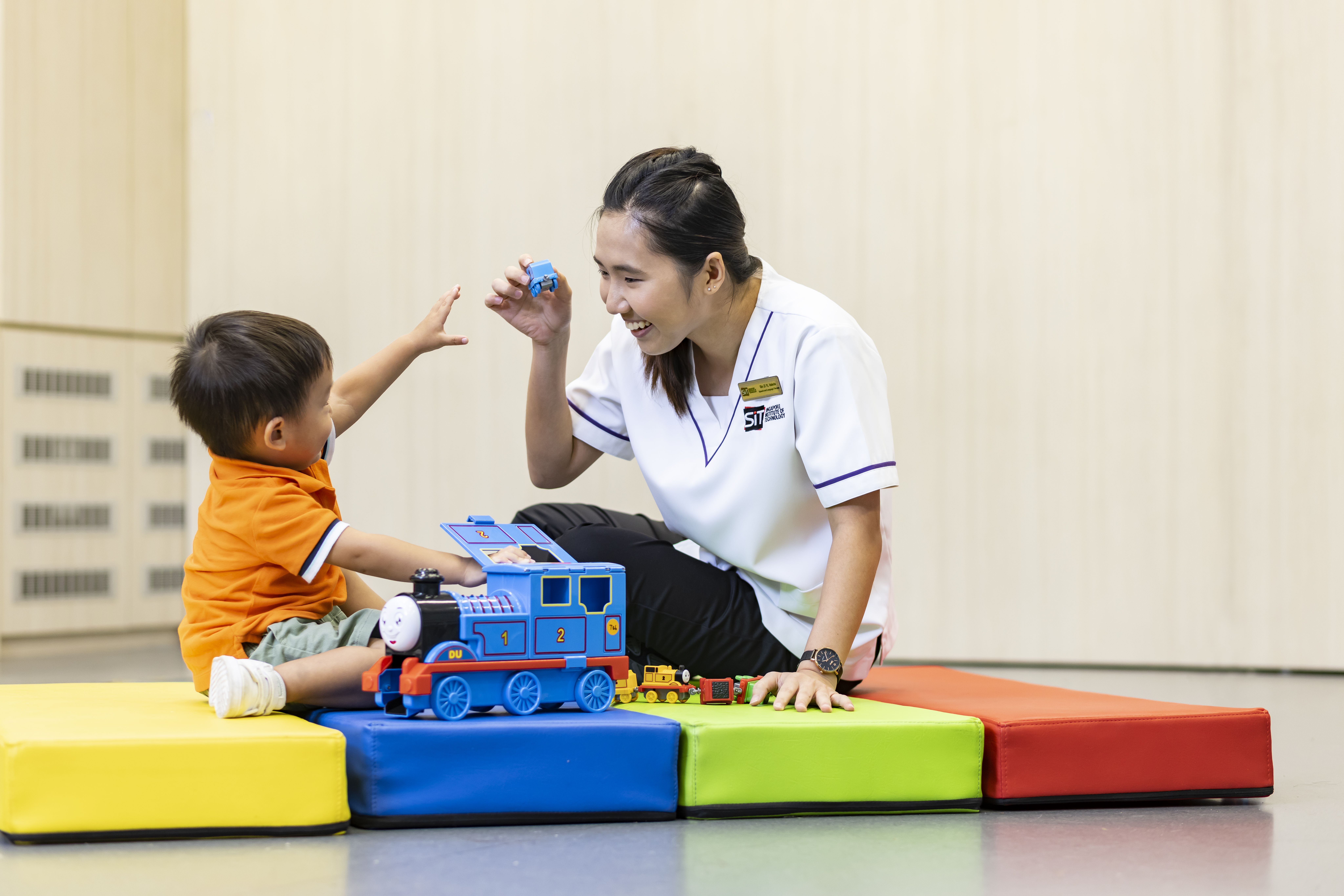
Deepening Community Engagement and Capability Building
HSS will continue to explore new academic programmes and research to meet evolving industry needs. At the same time, it aims to enhance student support through new bursaries, scholarships, awards and grants for overseas learning. Investments in faculty development will also be prioritised to ensure that teaching and research remain aligned with real-world healthcare challenges.
Community engagement is another key area the cluster seeks to strengthen. Since 2017, SIT has supported activities such as science camps, art competitions, makerspace workshops, and health screenings for residents. Building on this foundation, HSS plans to roll out more health fairs and healthcare education programmes to raise awareness of allied health and nursing professions and their impact on health outcomes.
One such initiative is a first-of-its-kind collaboration with Thye Hua Kwan Moral Charities (THKMC), where children with mild to moderate communication difficulties are now receiving timelier therapy — with help from SIT’s Speech and Language Therapy students. Since June 2023, these undergraduates have been conducting clinics at THKMC, reducing waiting times for speech therapy from five weeks to just two. The impact is twofold: children receive the early intervention they need, while students gain invaluable clinical experience under the mentorship of THKMC's team of educators.
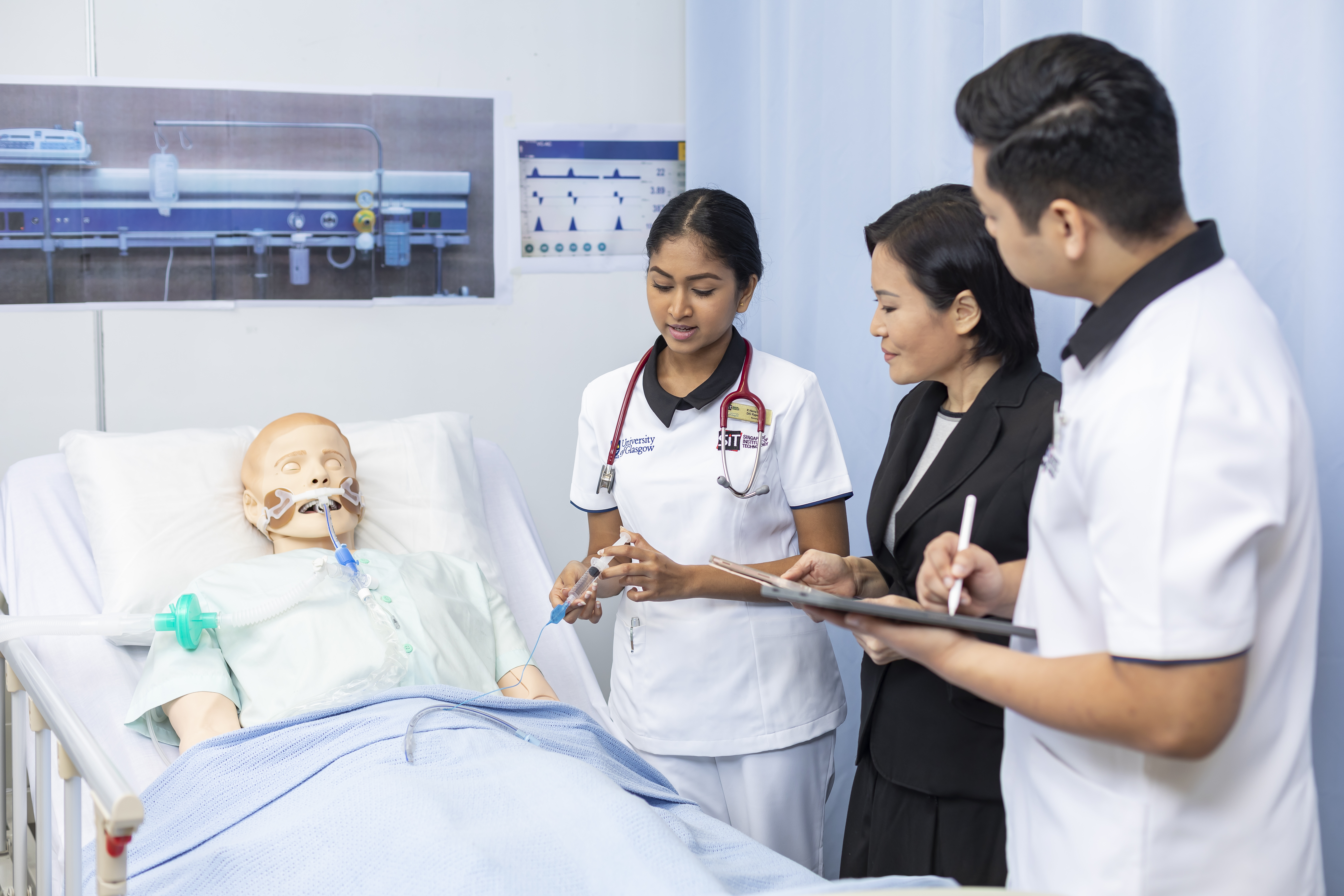
SIT is Poised for the Next Lap
“SIT, being the only autonomous university that offers a full suite of allied health programmes, is uniquely positioned to contribute to this next lap of development of AHPs in Singapore,” affirms Prof Tan.
The HSS faculty comprises over 70 members, many of whom are experienced clinicians and professionals. They have trained AHPs across multiple disciplines – including physiotherapy, occupational therapy, diagnostic radiography, radiation therapy, dietetics and nutrition, and speech and language therapy. To meet growing demand, the undergraduate intake is expected to grow year-on-year. In recent years, new programmes such as the Master of Health Sciences and the through-train Bachelor of Nursing-Master of Nursing programme have been introduced to develop advanced practice specialists.
In research, SIT is amplifying its impact. Prof Tan notes that the university is the sole education provider for the National One-Rehab Framework – a nationwide effort aimed at improving rehabilitation outcomes for patients across different conditions. In the research study MOTIVATE (Multi-mOdal Training programme to promote physical actIVity After sTrokE), for instance, Associate Professor Kwah Li Khim collaborated with the Singapore National Stroke Association, Singapore General Hospital, National Neuroscience Institute and Republic Polytechnic to encourage patients to take charge of their recovery through physical activity. A related campaign to build an inclusive ecosystem for stroke survivors to lead active lives also won praise from the World Stroke Organisation in 2024.
Prof Tan also highlights two other research efforts:
- The 12-week SAY NO TO FRAILTY programme, led by Associate Professor Tim Xu, has helped over 130 seniors aged 60 and above improve physical functions and reduce fall risk by 90 per cent. Now licensed to eight senior care centres, it will scale up to 30 active ageing centres in the next three years.
- A web-based resource toolkit co-designed by Assistant Professor Tan Hwei Lan guides persons with vision impairment in navigating smartphone accessibility features. This toolkit has been adopted across several hospitals, community agencies and private organisations.
Together, We Can Shape the Future of Care
As Singapore advances towards a more inclusive and preventive healthcare model, AHPs will be central to this transformation. Prime Minister Lawrence Wong underscored this at SIT’s Graduation Ceremony in October 2022, stating, “There is no job more noble and no task more important than providing care for others.”
“SIT is ready to help lay the foundation for the future of care in Singapore. But to realise this vision, we need the support of the wider community,” says Prof Tan.
Advancing Community Care Together
The development of future-ready healthcare professionals is made possible through the support of partners and donors.
To learn more and contribute to SIT’s Leading and Transforming Community Health initiative, please contact the SIT Advancement Office at Advancement@SingaporeTech.edu.sg.
Together, we can shape a healthier, more inclusive tomorrow.
